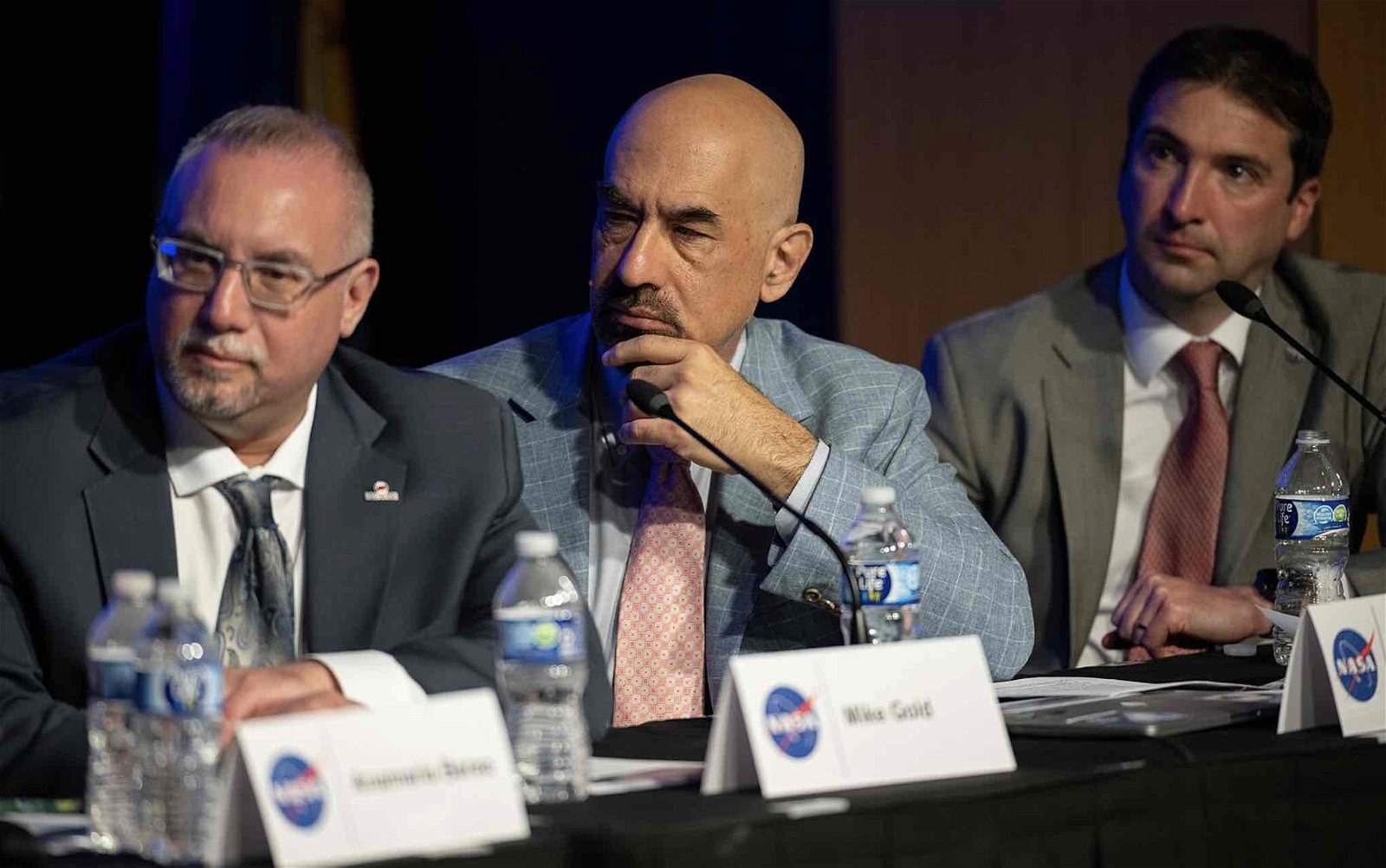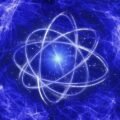A new report detailing the assessments of NASA’s Unidentified Anomalous Phenomena (UAP) Independent Study Team published on Thursday called for better data about mysterious aerial phenomena, and revealed the American space agency’s recent appointment of a NASA Director of UAP Research.
Offering guidance on what kinds of information will be most useful in helping determine the nature and origin of UAP going forward, the team’s report did not provide findings related to past UAP sightings.
“At present, analysis of UAP data is hampered by poor sensor calibration, the lack of multiple measurements, the lack of sensor metadata, and the lack of baseline data,” the authors state in the report. “Making a concerted effort to improve all aspects is vital, and NASA’s expertise should be comprehensively leveraged as part of a robust and systematic data acquisition strategy within the whole-of-government framework.”
The report’s authors advise that NASA should remain a contributor to data collection on UAP going forward, emphasizing the importance of detecting UAP “with multiple, well-calibrated sensors,” adding that the American space agency “could potentially leverage its considerable expertise in this domain to utilize multispectral or hyperspectral data as part of a rigorous data acquisition campaign.”
The UAP Independent Study Team’s report also encourages the use of artificial intelligence (AI) and machine learning (ML), calling them “essential tools for identifying rare occurrences, potentially including UAP,” although reliable data will be required in order for them to be effective in helping to resolve existing questions about UAP.
Notably, the report also reveals NASA’s plans to appoint a new Director of UAP Research to lead the space agency’s efforts to collect and analyze quality data on UAP as part of the U.S. federal government’s broader effort to resolve questions about these phenomena.
“The top takeaway from the study is that there is a lot more to learn,” said NASA Administrator Bill Nelson during a media briefing in Washington shortly after the report’s publication on Thursday.
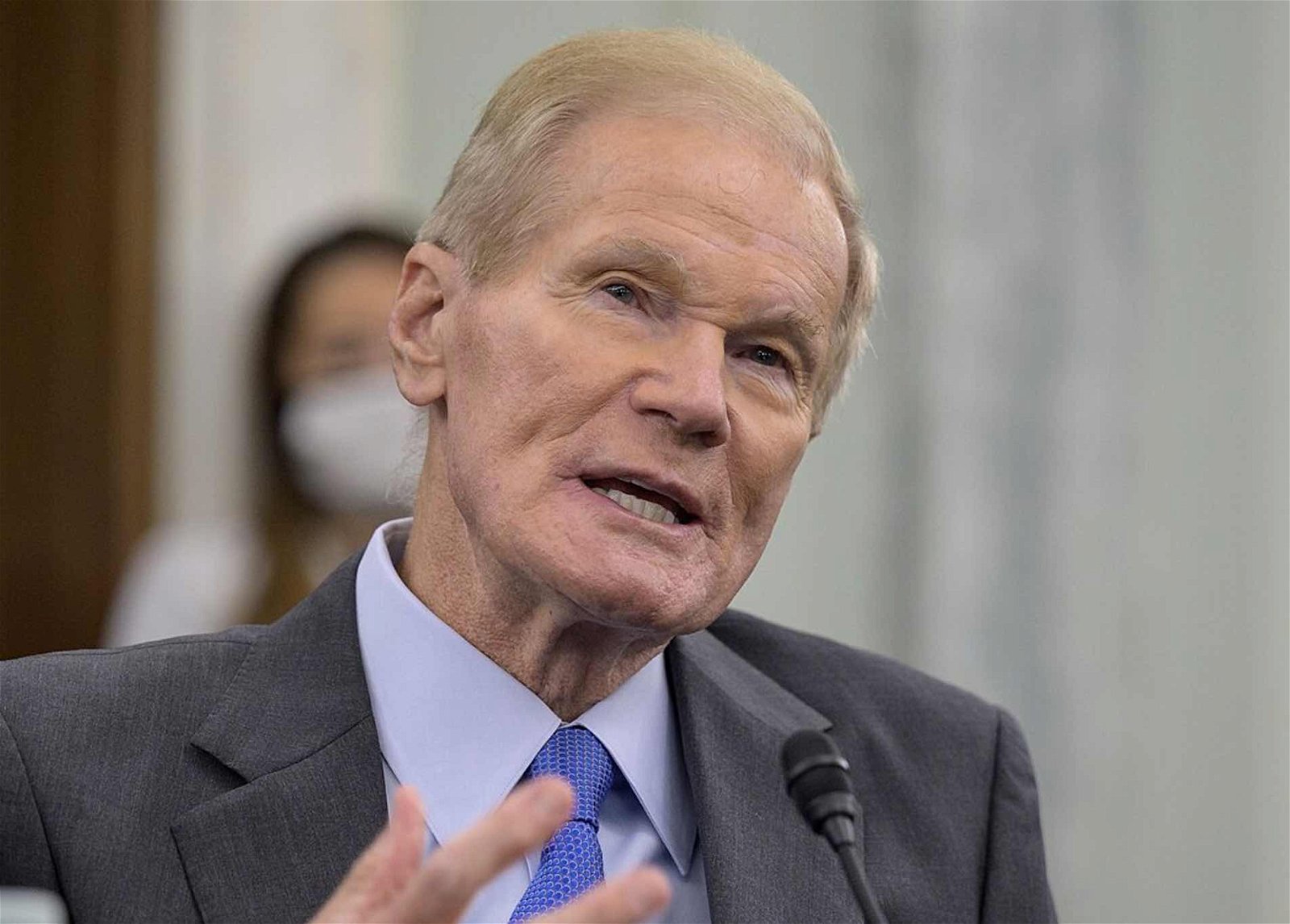

“The NASA Independent Study Team did not find any evidence that UAP have an extraterrestrial origin,” Nelson added, “but we don’t know what these UAP are.”
“That’s why I’m announcing that NASA has appointed a NASA Director of UAP Research,” Nelson said. “They are being tasked with developing and overseeing the implementation of NASA’s vision for UAP research.” However, Nelson did not name the individual who had been appointed to the position (Editor’s Note: following Thursday’s press conference, NASA issued a statement naming Mark McInerney as the agency’s new Director of UAP Research).
“We will use NASA’s expertise to work with other agencies to analyze UAP,” Nelson also said, adding that the agency “will use AI and machine learning to search the skies for anomalies, as we have been searching the heavens.”
Nelson also emphasized the purpose of the UAP Independent Study Team as being to help shift the UAP dialogue “from sensationalism to science, and to make sure that whatever we find, or whatever we recommend, to make sure that information is shared around the world.”
“Most UAP sightings result in very limited data,” Nelson added, noting that the Independent Study Team brought together some of the best experts in various fields to help determine “how to apply the full focus of science and data” toward resolving the UAP question.
“UAP are one of our planet’s greatest mysteries, and it’s really due to the limited number of high-quality data,” said Nicola Fox associate administrator of NASA’s Science Mission Directorate during Thursday’s media call. “The language of scientists is data.”
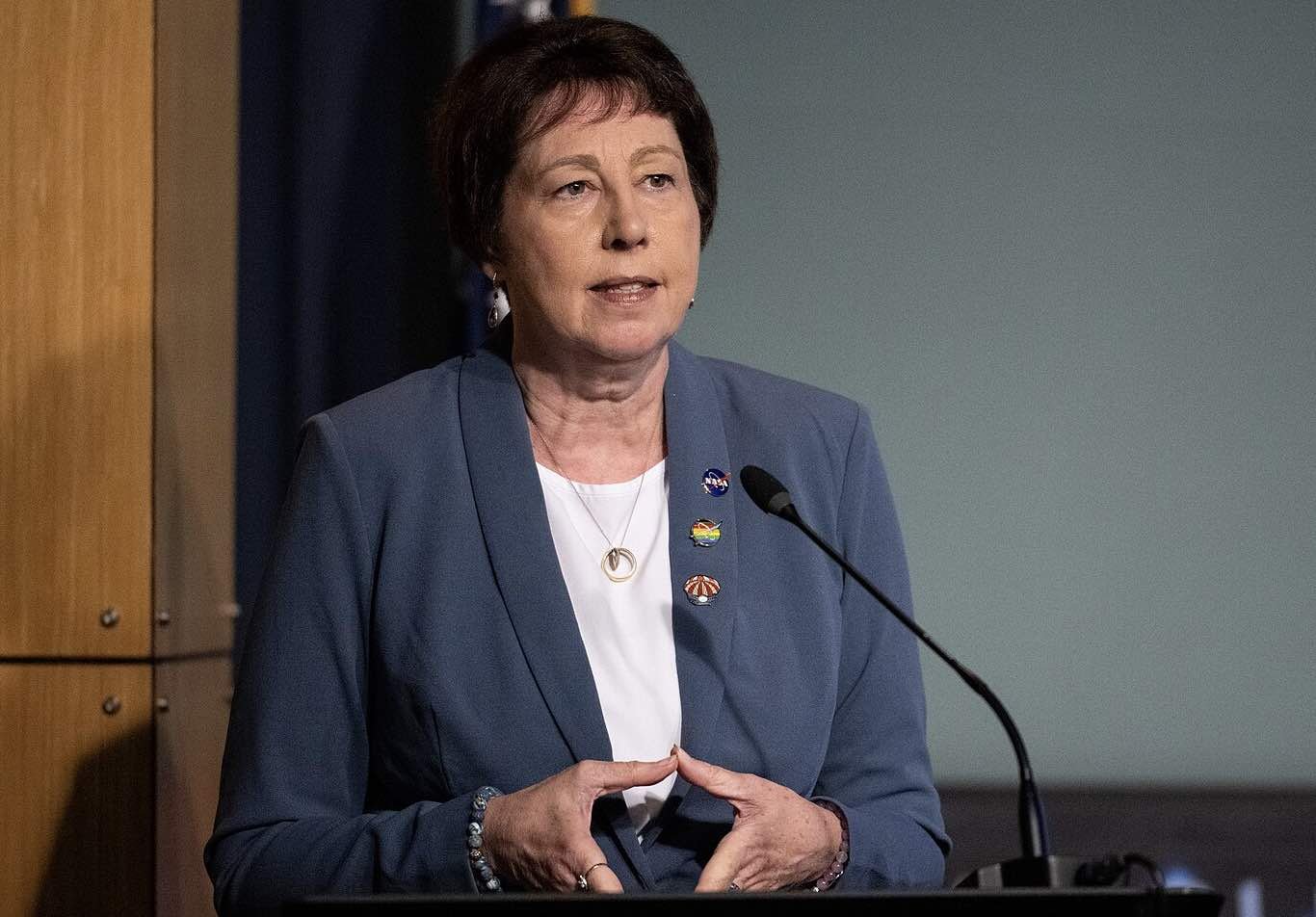

“NASA is committed to immediately contributing to the federal government’s unified UAP effort,” Fox also said, outlining NASA’s work going forward, and emphasizing the role of the agency’s new Director of UAP Research.
“In their role, they will centralize communications, resources, and data analytical capabilities across the federal government to establish a robust database for the evaluation of any future data,” Fox said, adding that they will help leverage NASA’s expertise in AI, machine learning, and other resources while serving as the space agency’s point of contact in its cooperation with other areas of government on the UAP issue.
“We at NASA believe that understanding UAP is vital,” said Daniel Evans, assistant deputy associate administrator for research with NASA’s Science Mission Directorate on Thursday. “The presence of UAP raises serious concerns about the safety of our skies.”
“So by understanding the nature of UAP, we can ensure that our skies remain a safe space for all,” Evans added.
“The panel’s comprehensive study into unidentified anomalous phenomena, or UAP, has led to several crucial findings,” said David Spergel, chair of NASA’s UAP independent study team, on Thursday.
Spergel summarized the study team’s approach, emphasizing that they were not focusing on repeating the work of the All-domain Anomaly Resolution Office (AARO), but instead applying scientific methodology toward how reports of UAP can be better evaluated.
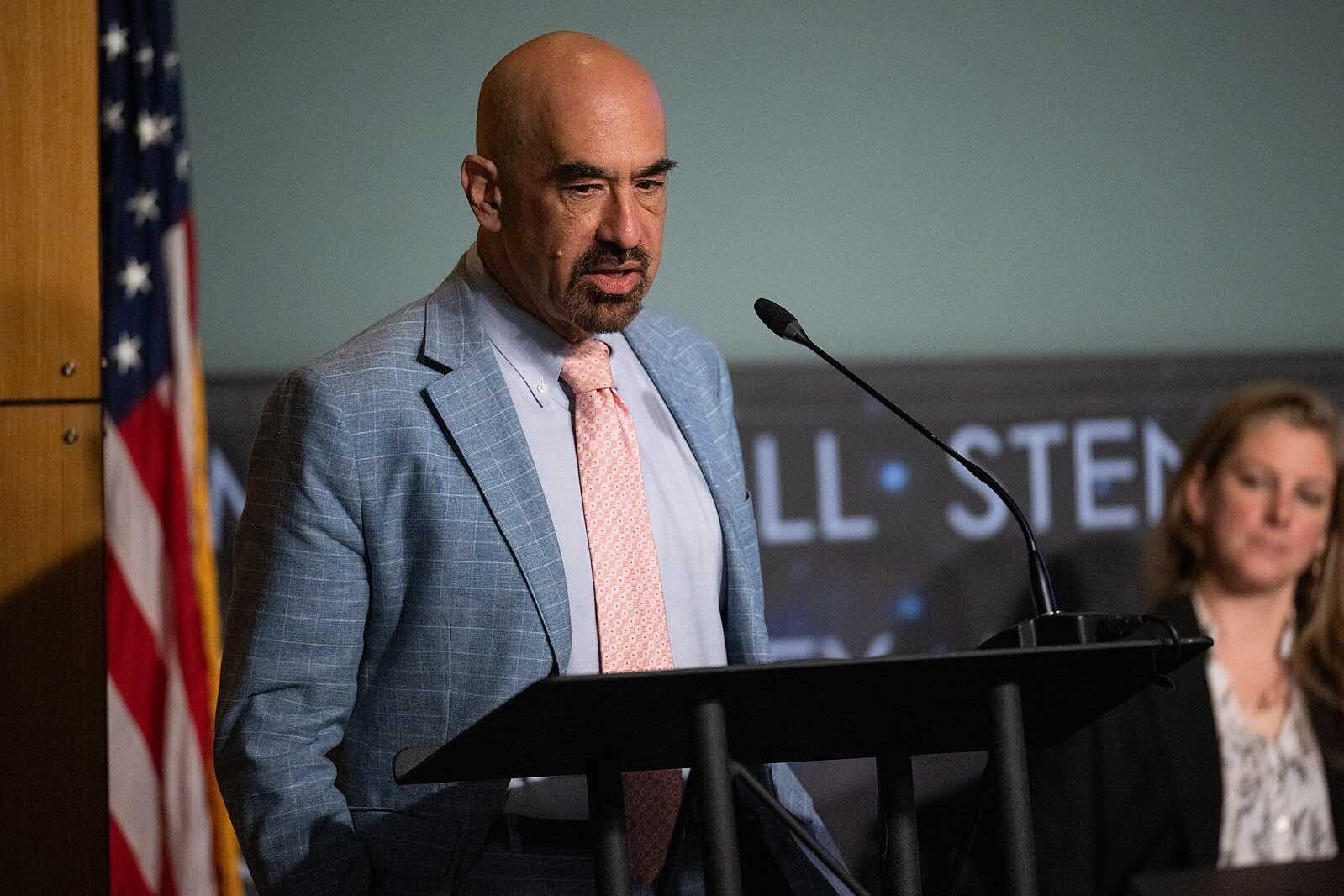

“Our goal was to produce a roadmap for NASA to contribute to the understanding of the nature of UAP events,” Spergel said, adding that while resources available to NASA are limited in terms of the data they can collect, “they can complement other data available on UAP.”
“The current approach to UAP data collection has led to a limited sample of events, and limited data,” Spergel said, also noting that stigmas have played a role in preventing the collection of potentially valuable information about UAP.
“Stigma has limited reporting by pilots, both civilian and military,” Spergel said. “So we know there’s missing data.”
Spergel said on Thursday that based on the findings of the UAP Independent Study Team, NASA’s future contributions to the U.S. government’s ongoing assessments of UAP will be to bring together scientific methodologies “to create a dataset that’s both reliable and extensive.”
Spergel also said AI and machine learning will be useful tools in helping to evaluate data once a larger database of reliable UAP reports has been assembled, an effort about which the team’s report makes several intriguing suggestions.
“The panel sees several advantages to augmenting data collection efforts using modern crowdsourcing techniques, including open-source smartphone-based apps that simultaneously gather imaging data and other smartphone sensor metadata from multiple citizen observers worldwide,” a portion of the report’s Executive Summary reads.
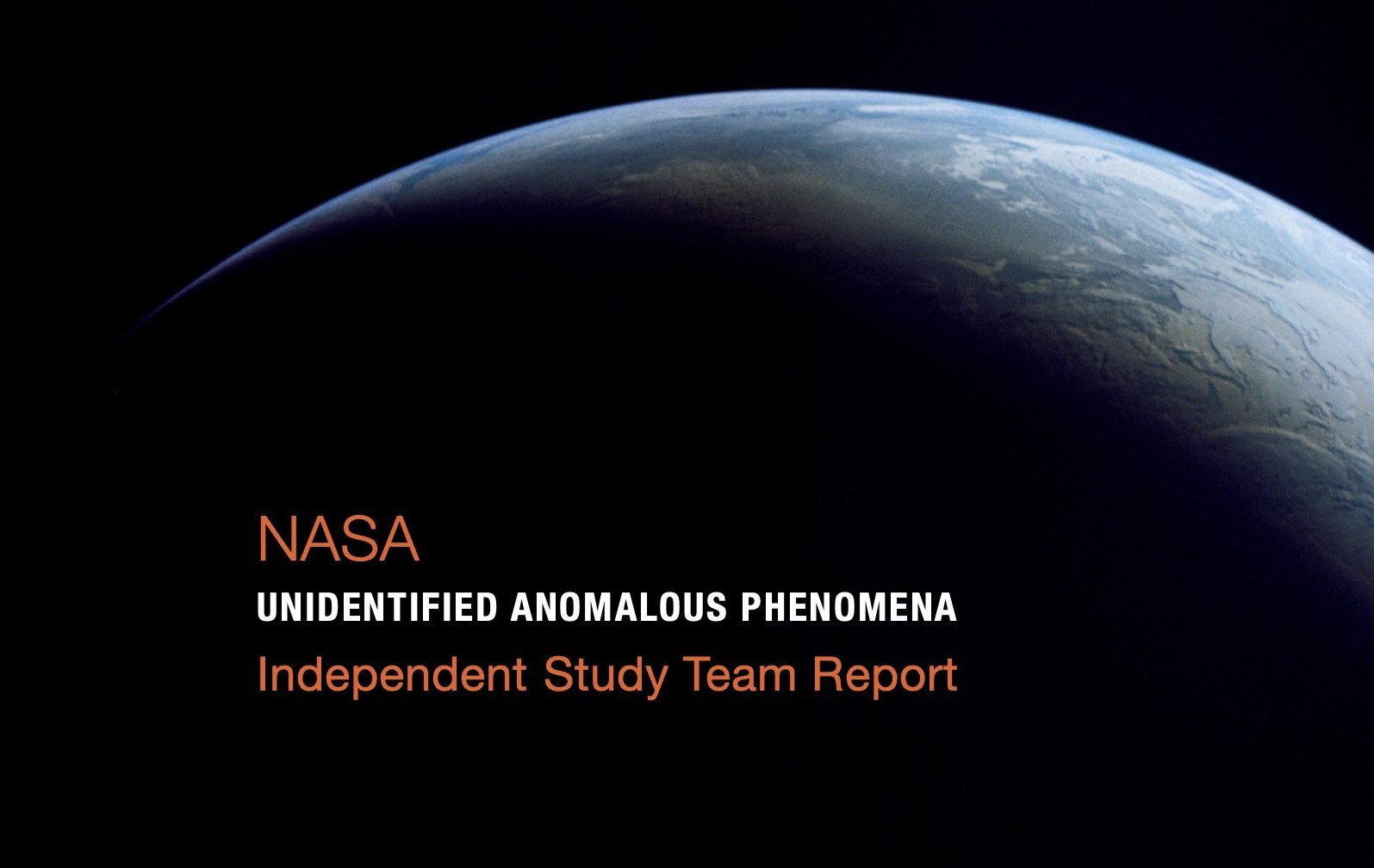

“NASA should therefore explore the viability of developing or acquiring such a crowdsourcing system as part of its strategy,” the report’s authors write. “In turn, the panel finds that there is currently no standardized system for making civilian UAP reports, resulting in sparse and incomplete data devoid of curation or vetting protocols. NASA should play a vital role by assisting AARO in its development of this Federal system.”
In addition to the development of a new federal system for collecting UAP reports for civilians, the study team also says that one of NASA’s existing reporting systems—the Aviation Safety Reporting System (ASRS)—could be better utilized in the collection of information about UAP from pilots and other aviation professionals.
“The panel finds that a particularly promising avenue for deeper integration within a systematic, evidenced-based framework for UAP is the Aviation Safety Reporting System (ASRS), which NASA administers for the FAA,” the study team’s report states.
Although generally overlooked as a source for information on UAP reports submitted directly to NASA, in August The Debrief reported on several publicly available incident reports that described recent UAP sightings logged with the ASRS. A common theme throughout the reports, which describe sightings of unidentified aerial objects reported as recently as April 2023, involves the potential safety risks they pose to aviators.
The recent batch of reports follows decades of similar incidents logged with NASA’s ASRS, several of which The Debrief has investigated in the past.
“Although not initially designed for UAP collection, better harnessing it for commercial pilot UAP reporting would provide a critical database that would be valuable for the whole-of-government effort to understand UAP,” the report says of the ASRS and its potential role in more efficient UAP data collection by NASA.
Ryan Graves, co-founder of the advocacy organization Americans for Safe Aerospace (ASA), said in a statement that NASA’s emphasis on pilot safety underscores its commitment not only to helping obtain a better scientific understanding of UAP but also to addressing safety risks they may pose.
“It’s clear that NASA values pilot reports to study UAP as an aerospace safety, national security, and scientific issue,” Graves said. “NASA is leading the charge to solve the mystery in our skies by following the data and eliminating stigma.”
During Thursday’s press conference, James Fox, an independent filmmaker who has produced several documentaries about historical events related to UAP, led off a series of questions from members of the media by asking NASA Administrator Bill Nelson about his agency’s plans for communicating its findings to the public in the event that any evidence pointing to the existence of extraterrestrials were to be discovered.
“After a careful review of the data,” Fox asked, “if it’s determined that some—underlining the word ‘some’ ten times—UFOs or UAP originate from a non-human intelligence, what’s the plan to disclose that to the public?”
“Let me repeat what I said,” Nelson responded. “It’s important that you hear this word for word. The NASA Independent Study Team did not find any evidence that UAP have an extraterrestrial origin, but we don’t know what these UAP are.”
“The mission of NASA is to find out the unknown,” Nelson said, continuing his response to Fox. “I’ve said several times in my comments here today that we [at] NASA deal openly, and we will be transparent on it… trying to address the question of, there’s so much concern that there’s something locked up classified and that the American government is not being open.”
“Well, we are the American government,” Nelson said of his agency, “and we are open, and we’re going to be open about this.”
“We don’t know what these UAP are, but we’re gonna try to find out.”
Subsequent questions from reporters, some of which addressed the recent claims of UAP whistleblower David Grusch, whose story was first reported by The Debrief in June, evoked similar responses from Nelson, culminating in a series of passing references to allegations about the recovery of vehicles believed to be of non-human origin.
“Where’s the evidence?” Nelson asked.
In keeping with the statements aired during Thursay’s media conference, the UAP Independent Study Team’s report reiterates what has become one of the most often-stated positions by U.S. federal government agencies involved in the study and evaluation of UAP sightings: that no credible evidence currently in-hand seems to point to extraterrestrials.
“To date, in the peer-reviewed scientific literature, there is no conclusive evidence suggesting an extraterrestrial origin for UAP,” a portion of the NASA UAP Independent Study Team’s report reads.
“When it comes to UAP,” the report continues, “the challenge we have is that the data needed to explain these anomalous sightings often do not exist; this includes eyewitness reports, which on their own can be interesting and compelling, but aren’t reproducible and usually lack the information needed to make any definitive conclusions about a phenomenon’s provenance.”
Chris Impey, Ph.D., a University Distinguished Professor with the Department of Astronomy at the University of Arizona, Tucson, called the new report “sober and anticlimactic” in an email to The Debrief.
“It sheds little light on the UFO enigma but offers recommendations to NASA on how to move the investigations forward,” Impey said.
Impey, who in the past has been an advocate for the scientific study of UAP, points to the varieties of data that may help NASA and other agencies shed more light on UAPs that are detailed in the report, but also stresses the fact that the report emphasizes “reducing the stigma attached to reporting sightings,” and suggests “gathering sightings by commercial pilots using the FAA and combining that with classified sightings not included in the report.”
“But the report notes that ‘in the search for intelligent life beyond Earth, extraterrestrial life must be the hypothesis of last resort’. Then it quotes Thomas Jefferson: ‘extraordinary claims require extraordinary evidence.’”
“That evidence does not yet exist,” Impey told The Debrief. “Bottom line: they found no evidence that UAPs are extraterrestrial.”
Science writer and former programmer Mick West told The Debrief that although NASA’s UAP report offers little that will please longtime proponents of UAP studies–many of whom do feel that the body of information related to UAP could support the theory that some may be of extraterrestrial origin–the scientific approaches advocated by the UAP Independent Study Team represent a positive step.
“NASA’s report on the study of UAPs might seem disappointing to the UFO community, but NASA is approaching this topic with the scientific rigor that it so sorely needs,” West said.
“As they note, there is a very limited amount of high-quality data associated with Unidentified Anomalous Phenomena, and even that is ambiguous,” West told The Debrief. “Individual cases remain unidentified because of a lack of data or a lack of quality in data from uncalibrated and inappropriate instruments.”
West, a former computer programmer who now applies science toward offering potential explanations for some UAP sightings, says statistical analysis with help from machine learning could be the key to obtaining a better understanding of UAP.
“To separate the signal from the noise will require either some high-quality observations or the detection of statistically significant patterns in larger datasets using tools like machine learning,” West says.
“NASA’s scientists may not initially have welcomed the task of looking for potential alien visitors, as they are well aware of the hurdles that nature places in the way of interstellar travel. But they are approaching their assignment with professionalism and with a focus on appropriate tools and techniques that will yield scientifically meaningful results,” West told The Debrief.
For West, those findings have the greatest potential for “telling us something about our world, but probably not about extraterrestrials.”
Mark Rodeghier, Ph.D., Director of the J. Allen Center for UFO Studies, says that while NASA’s UAP Study Team is justified in emphasizing the need for data of better quality, there is already a large amount of information that has been collected over the years that could still be used to support NASA’s efforts.
“Older data is important in informing the direction in which this project can go,” Rodeghier told The Debrief, “and thinking about how [NASA] should collect it, what they should collect, and the range that a sensor needs to have.”
“Secondly, as statistical studies and others have shown, it is possible to use older data to decide where instrumentation should be placed, or the best way to focus a study of UFOs.”
However, Rodeghier says that based on the report NASA’s UAP Independent Study Team has published, it seems evident that almost none of the existing data collected by civilian groups like his over the years is being included, and that’s concerning.
“I won’t use a word as strong as foolish,” Rodeghier said, “but I think it’s misguided to pretend like we’re starting today from scratch, rather than to take advantage of what has been done.”
“In any science,” Rodeghier told The Debrief, “you use as much data as you have. You don’t ignore data, even if it’s poor quality. You take that into account in your work, but you don’t pretend like it doesn’t exist and say we’re only going to use new data.”
“Studies have been done,” Rodeghier notes, “and there are academics and others doing statistical studies, and learning things about the subject that have only been possible, yes, with better statistical methods.”
“You never know what you’re going to discover unless you try,” Rodeghier said. “There have been leads, and potentially interesting initial findings years ago in research that were never followed up because of the stigma on the subject.”
“Those leads should be followed up,” Rodeghier told The Debrief, “as well as just looking at the data en masse.”
During Thursday’s press conference, NASA Administrator Bill Nelson said the UAP Independent Study Team, its report, and the appointment of a NASA Director of UAP Research were all firsts for the American space agency.
“This is the first time that NASA has taken concrete action to seriously look into UAP,” Nelson said. Although the absence of evidence explicitly pointing to extraterrestrials as a possible source for UAP was repeated throughout Thursday’s press conference, Nelson said he personally remains optimistic about the prospect of other forms of life.
“If you ask me, do I believe there’s life in a universe that’s so vast? My personal answer is, yes,” Nelson conceded.
Although the official report of his agency’s UAP Independent Study Group is complete, arguably, the team’s recommendations really convey just how much work remains to be done in terms of obtaining a better understanding of the nature of UAP; both by NASA and the DoD’s All-domain Anomaly Resolution Office, and by the scientific community at large.
“While today is a significant step for NASA, it’s certainly not our final step,” Nelson said.
Editor’s Note: This article has been updated to provide additional quotes and relevant information about NASA’s UAP Independent Study Team and its findings.
Micah Hanks is the Editor-in-Chief and Co-Founder of The Debrief. He can be reached by email at micah@thedebrief.org. Follow his work at micahhanks.com and on Twitter: @MicahHanks.
